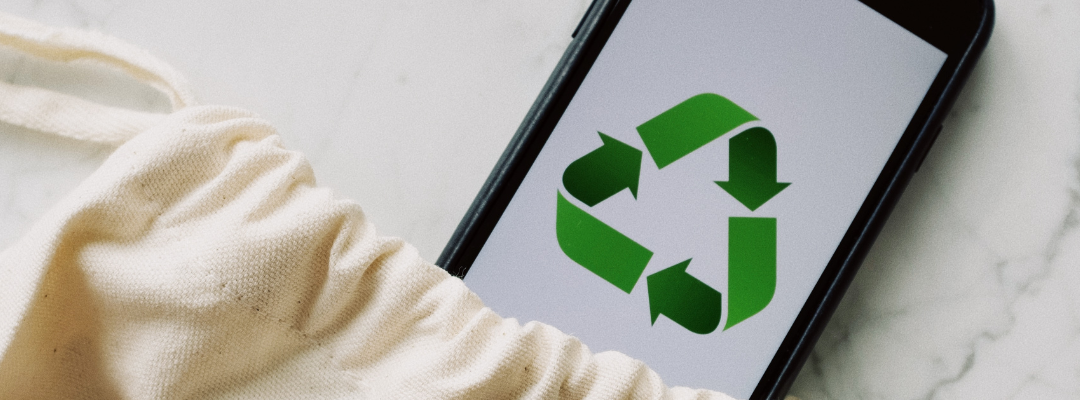
By Maria Greenland
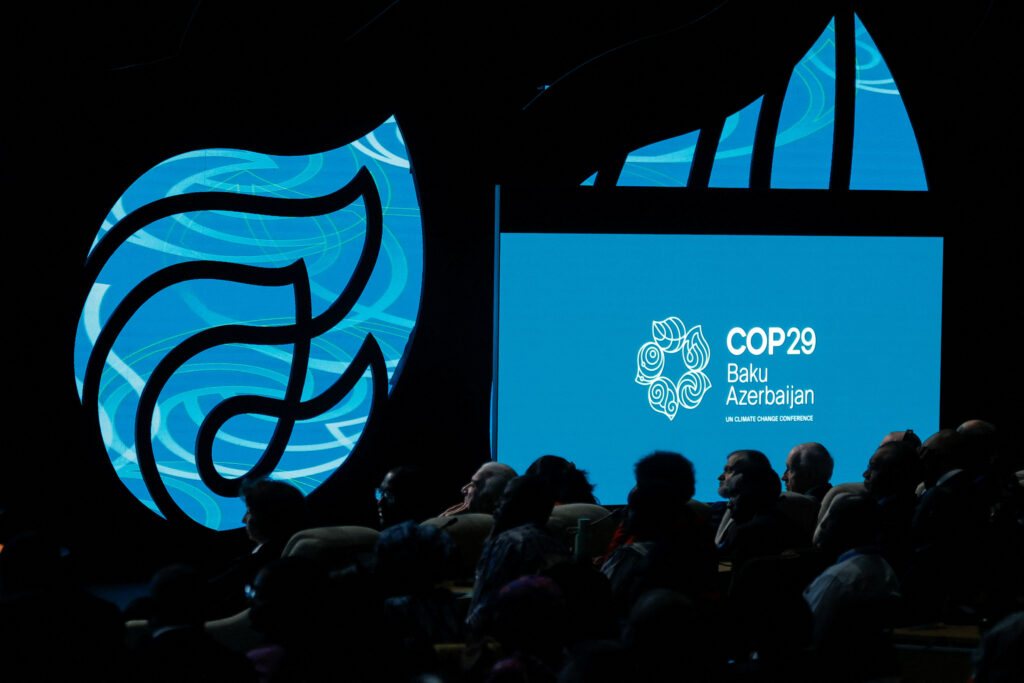
As the world gathers at COP 29 all eyes are on the potential of countries to reach the critical goal of limiting warming to 1.5°C in the hope of achieving net zero carbon dioxide emissions by 2050.
In Jamaica and the wider Caribbean, it is past time to put systems in place to reduce the amount of non-biodegradable clothing that winds up in our landfills.
In Jamaica, waste management has largely focused on food, biological and more recently, plastic waste disposal. However, it is critical to keep in mind the following: globally, 60 per cent of clothing comes from synthetics made of petrochemicals.
Thus, even the shortest extension of the average life of an article of clothing reduces its carbon, water and waste footprint by 5 – 10 per cent. Unfortunately, only about 1 per cent are recycled into new garments and about one truckload per second (87 per cent) ends up in landfills. As if that wasn’t bad enough, “fast fashion” emits 1.2 billion tons of CO2 annually (10 per cent of global greenhouse gas emissions – more than air travel and shipping combined).
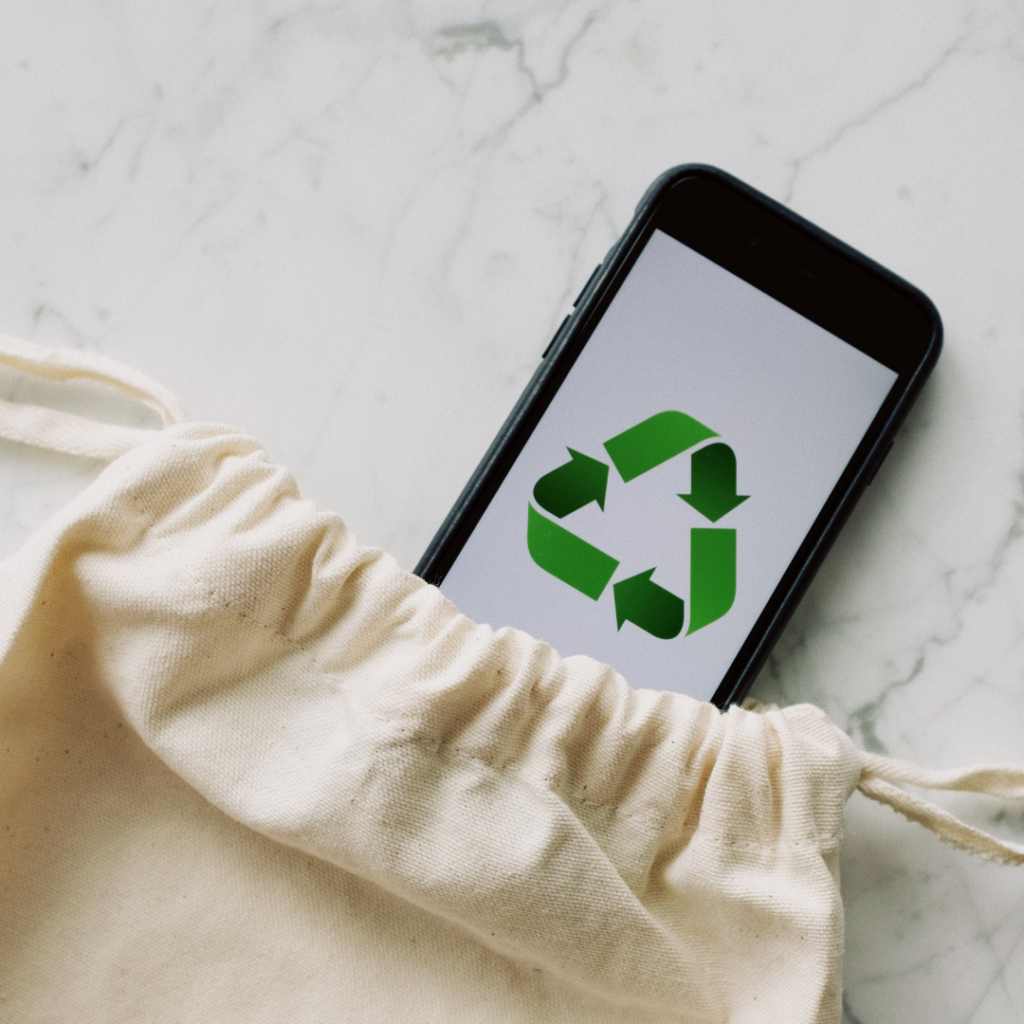
There are some simple changes in behaviour that we can consciously begin adopting now. A public-private partnership driven national textile recycling scheme and more regular opportunities to thrift are two of these. Periodic clothing donations do, of course, take place, including initiatives I have worked on such as Unicycle Jamaica, and founded, such as Come Mek Wi Dance.
Together they have redistributed hundreds of uniforms and dance wear/costume items annually to students in need in partnership with the Education Ministry. (See @unicyclejamaica and @comemekwidance on Instagram for more information). However, sadly, no structured ongoing national system exists to collect and redistribute clothing in general. This is a relatively easy fix.
The first change could therefore be to design and implement a national textile recycling scheme as exists in other countries. One option to explore is the addition of textile collection receptacles alongside plastic ones island-wide. They can be converted from used steel drums or retrofitted no longer functioning refrigerators for example.
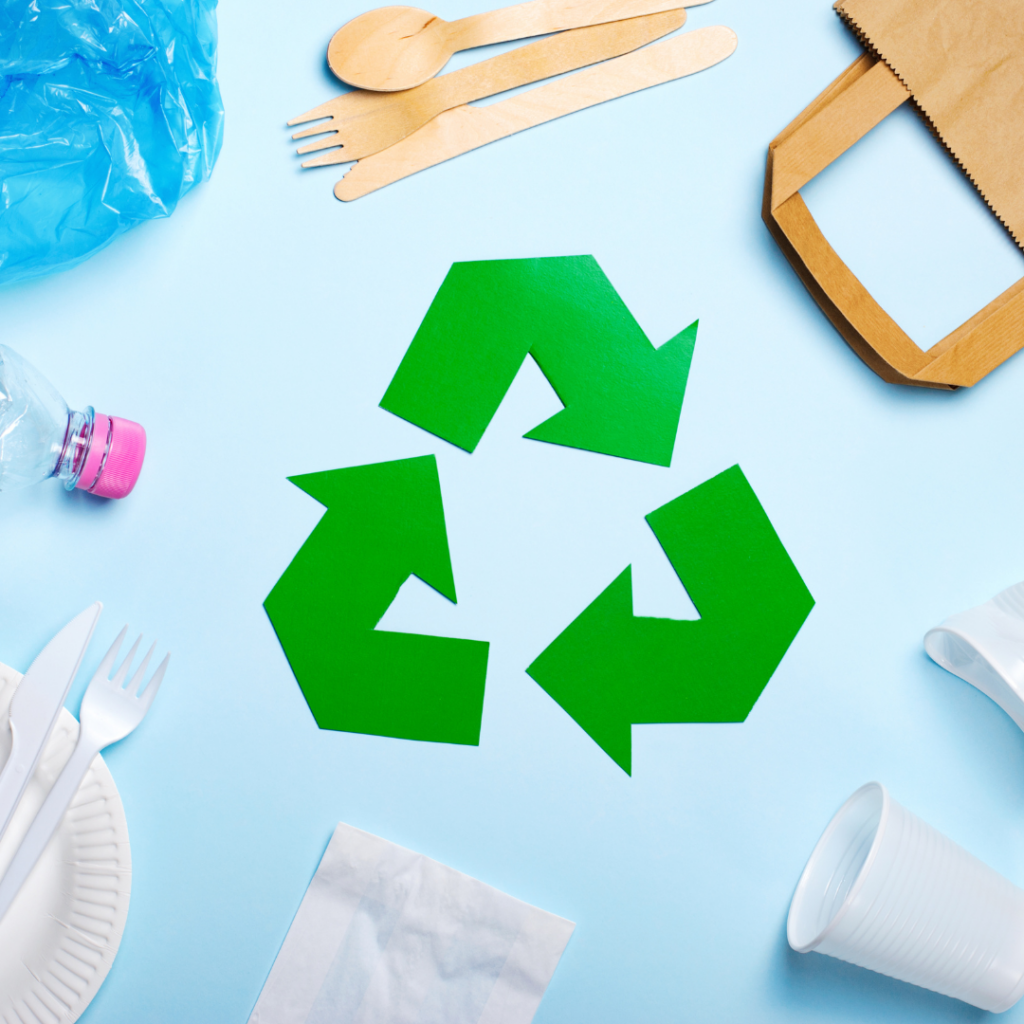
Another option is to encourage department stores to create their own systems of collection by incentivizing donations for discounts among customers. This, too, is done in other countries so there are models to follow and adapt. The store-based activity does not even have to be year-round if that is too difficult to arrange.
There are key times during the year when clothing tends to be donated (ie. the holidays) and these can easily be leveraged into recycling opportunities. For instance, the Salvation Army could be engaged to collect at the identified locations and social media campaigns could promote greater awareness of these options at no extra cost. In addition, if any of the clothing is not fit to be re-worn, sorting and repurposing them to make new items (stuffing for cushions, pillows, etc.) could create employment opportunities.
The second textile waste reduction related behaviour change that is possible is to scale up thrifting opportunities. There are more thrift stores emerging which is wonderful to see! Schools can become more involved. This year as part of our school’s annual Zero Waste Week, our environmental club added “Thrifty Thursday” to other daily themed activities such as “Meatless Mondays” where we share vegan/vegetarian recipes and “Tee Totes Tuesdays” where our first formers, in particular, make reusable tote bags out of old t-shirts without needing to sew anything.
Our pop-up thrift space was a big success and raised enough funds to adopt a coral reef, supporting the preservation efforts in Port Royal and Kingston Harbour through Reef Construction Limited’s drive (See @ccgreengen on Instagram for more).
We created and shared our Zero Waste Week guidelines with the education ministry which kindly disseminated them to encourage environmental clubs in other schools to stage their own. Businesses can also participate. I have applied for consideration for the week to be declared a national week as I believe that, too, would help us all to act.
Finally, we also need to act at the legislative level. Europe is leading the way with laws to prevent importation of non-biodegradable fabric by implementing legislation. In my opinion, it is important that CARICOM follows this process and takes note to consider what can be adapted for implementation in our region to protect our beaches, coastlines and marine life.
We can make a change in Jamaica through public-private sector partnerships, and perhaps be a model for other countries in the region starting with simple steps like a collection system, social media campaigns and strategic plans for redistribution and reuse.
I am, sincerely,
Maria Greenland
Come Mek Wi Dance, Founder
Campion Green Generation, Co-President 2024-5

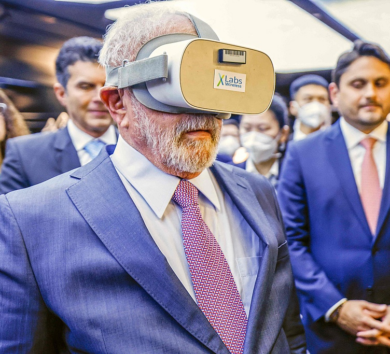
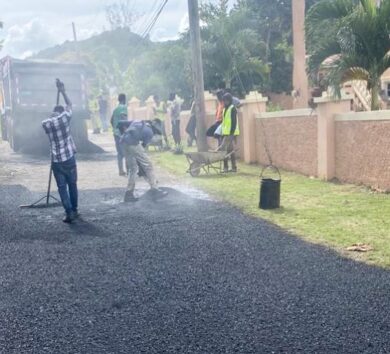
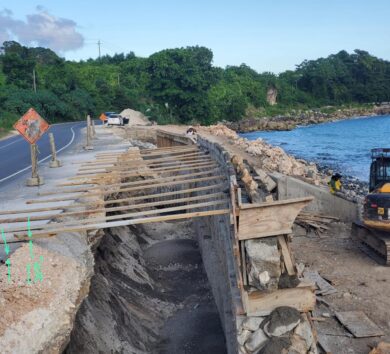



Comments